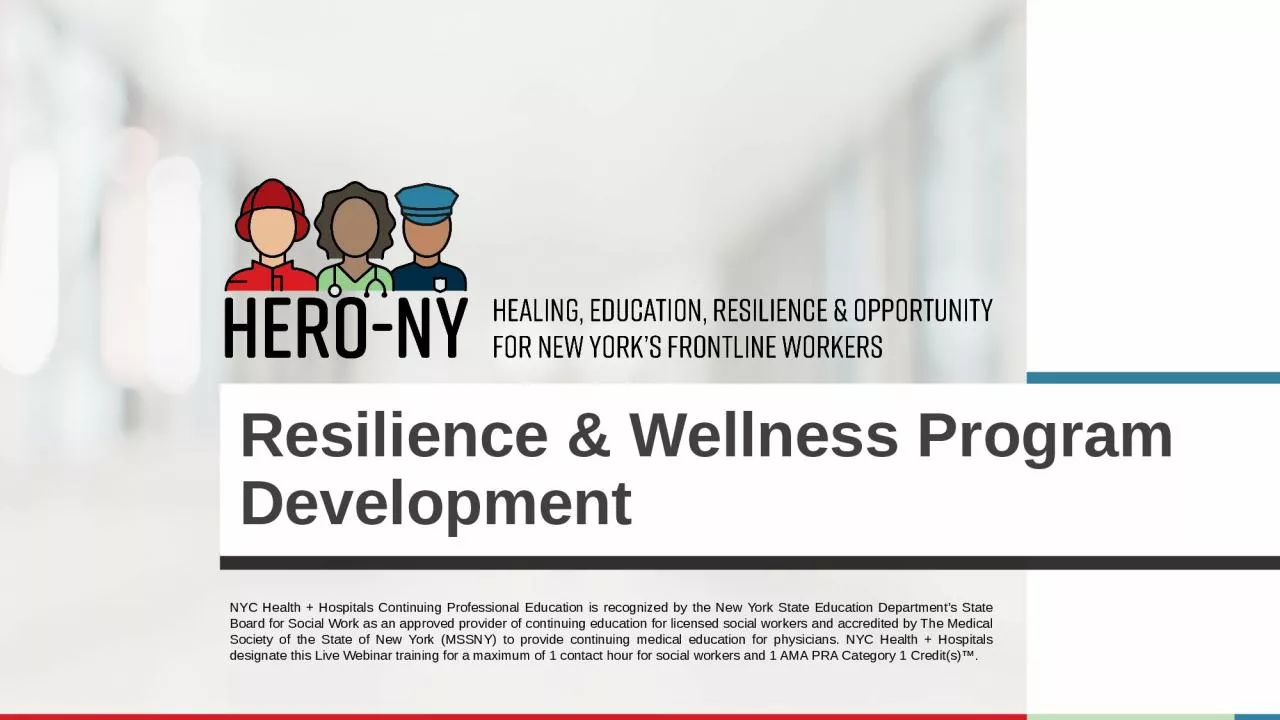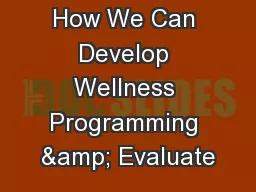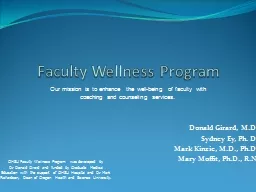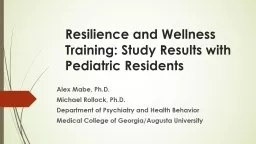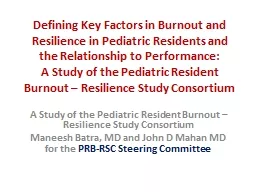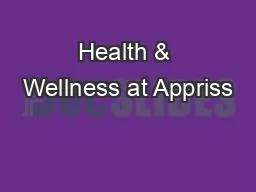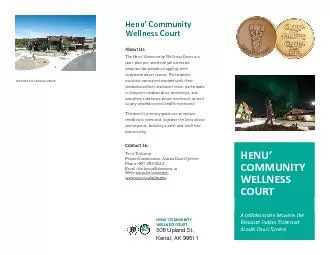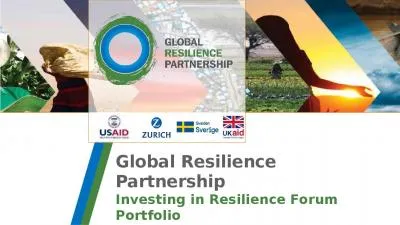PPT-Resilience & Wellness Program Development
Author : hanah | Published Date : 2024-02-02
NYC Health Hospitals Continuing Professional Education is recognized by the New York State Education Departments State Board for Social Work as an approved provider
Presentation Embed Code
Download Presentation
Download Presentation The PPT/PDF document "Resilience & Wellness Program Develo..." is the property of its rightful owner. Permission is granted to download and print the materials on this website for personal, non-commercial use only, and to display it on your personal computer provided you do not modify the materials and that you retain all copyright notices contained in the materials. By downloading content from our website, you accept the terms of this agreement.
Resilience & Wellness Program Development: Transcript
Download Rules Of Document
"Resilience & Wellness Program Development"The content belongs to its owner. You may download and print it for personal use, without modification, and keep all copyright notices. By downloading, you agree to these terms.
Related Documents

